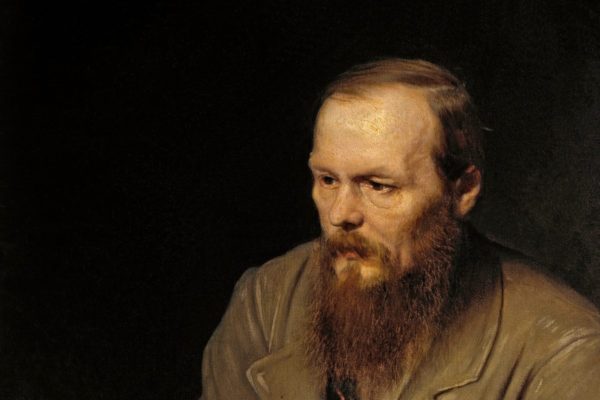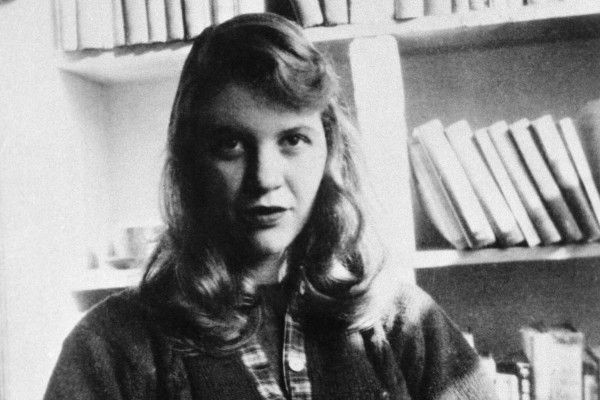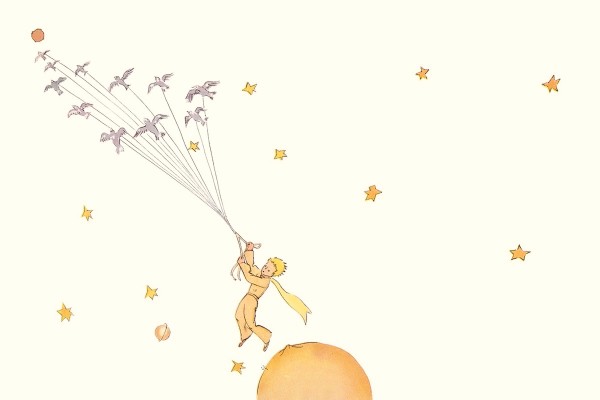Everyone has two selves which can be defined as: the social self, which is how we appear in the world and in relation to others – that is, who we are with strangers, and, perhaps to a lesser degree, family and friends – and the other self; this may be said to be the “true self”. This is the secret self, the one which feels intensely and privately, which suffers and hopes in the shadows, which longs to love and be loved, the one which feels. This is the one which is sensitive and fragile, the one which is human. The second self is the one we protect from the outside world, often using the first self as a means to do so. So why do we hide this true self? What dangers threaten it, if it is exposed? And what exactly is it that we are hiding?
The true self is that piece of us which dreams, wonders, and loves. It can be said that it is where our weaknesses lie, for what surer way is there to wound someone then by destroying their dreams, stealing their sense of wonder, and crushing that which they love? Exposing the true self is dangerous for it makes us vulnerable to pain. Therefore, we employ numerous methods in our attempts to protect this vulnerability: feigning indifference, hiding our emotions, and concealing our feelings.
“Heart, keep very still – or someone will find you out!” – Emily Dickinson
We learn to hide the face which distorts in anguish or softens in love – the face which feels, painfully and acutely – and to wear an unchanging mask. We protect the true self behind the strong, unfeeling surface self, which betrays nothing, which shows nothing, gives nothing away, which, in essence, acts like a shield for the first. We have becomes masters of cloaking our vulnerability; of pretending, of feigning, and of guarding.
“Alexey Alexandrovitch smiled his smile, which uncovered his teeth, but revealed nothing more.” – Leo Tolstoy, Anna Karenina
The shields we take up in our attempts to protect our true self are numerous. We turn to deceit, suppression, to coldness and silence. We cast ourselves into the world, enveloped in an identity of our own making. We invent ourselves, our own myths and facades, and we learn to hide behind carefully crafted masks of our own designing.
Milan Kundera explored this idea briefly in his collection of essays entitled Encounter. In the first essay from the collection he writes:
“She was very skilled at controlling her emotions, and was always so impeccably dressed that her outfit, like her behavior, allowed no hint of nakedness.” – Milan Kundera, Encounter

Encounter by Milan Kundera.
His character has learned to use her behavior, her actions, and her clothes as a means of hiding her vulnerability. She is described as “controlling her emotions” and “allowing no hint of nakedness”. She uses her clothes and her behavior as a sort of armor. She creates an image, a facade of strength, power, or control, through the way she dresses herself up – the way she appears in the world.
Everything is a mask, everything is about control, about hiding something, lest it be discovered, sniffed out, and killed. In his 1977 essay on the art of Francis Bacon, Milan Kundera continued:
“I sensed that all those contradictions concealed her essence: that treasure, that gold nugget, that diamond hidden in the depths.” – Milan Kundera, Encounter
The narrator has found her out. He has sensed that all of her clothes, her words, and her actions are merely a front and that, beneath them, lies something else: that irresistible vulnerability, that evasive “other self”, that mouth-watering truth, waiting to be discovered.
What is this “treasure”, this “gold nugget”, this “diamond” which we clutch so desperately to our chests? This essence, this stifled spirit, this “I”, which we fearfully cloud in mystery, lest it be revealed or found out? We cover it with clothes, words, actions, and achievements. We hide it behind masks and shroud it in armor. And what are we trying to hide, behind the impeccable facade, behind “the outfit which allows no hint of nakedness”? Is all of this is no more than an attempt to shield our vulnerability, our acute fragility – that is to say, that which makes us human – from the world? To cover up that terrifying tenderness which each of us houses, like a valuable treasure, beneath our shields of strength. Is it the soul we are striving to protect? Is that what the “true self” is? In my article entitled What Is a Soul? Discovering the Human Spirit in Literature, I have attempted to dig out and define this enigma which lies at the core of our being.
There is this perverse desire to reach out and tear off the mask, the clothes, the pretension, to strip the individual of their weapons and shields and find that something which was worth protecting, that something we build walls around – what is it? The heart? The soul? The “true self”? Are all these things the same, simply called by different names?
What remains once the body and mind have been stripped of their cloaks? Once a person is stripped of their title, their identity – all those things we use to define someone – their career, their qualities, their habits, their character, their quirks and idiosyncrasies, what is left? What are we, once you remove everything we use to define ourselves? What is that indefinable piece that remains once you’ve taken away all the rest; all the unnecessary and frivolous?
The instinct to protect this vulnerability is strong and, perhaps equally as strong, is the desire to discover the twin vulnerability – the true self – in another. The quest to find someone with whom we may share this vulnerability, this true self, lies at the core of all human interaction. We long to discover the vulnerability in another and to let another, in turn, discover the vulnerability in us.
“How we need another soul to cling to, another body to keep us warm. To rest and trust; to give your soul in confidence: I need this, I need someone to pour myself into.” – Sylvia Plath, The Unabridged Journals Of Sylvia Plath

Sylvia Plath.
This is where the desire for human relationships stems from – a desire to be understood for what we are, to cast away the mask, and to lower the shield. This is why love is often spoken of as a form of surrender.
To lie bare before another, to be naked, not only in body, but in spirit – which is infinitely harder to achieve – is this not the goal of all human relationships? It is easy to undress the body; clothes fall away as effortlessly as dead leaves fall from trees. But how to undress the soul? Where do you begin? The soul has no buttons, no ribbons, no clasps – no clear veils which may be stripped away.
“Before I give my body, I must give my thoughts, my mind, my dreams. And you weren’t having any of those.” – Sylvia Plath, The Unabridged Journals of Sylvia Plath
Why do friendships mean anything? Why do relationships have value? Why does trust and love take time? It is because we must peel back the protective layers of a person like petals – like the thin white layers of an onion – peeling them back to reveal… what? That ambiguous essence, which we struggle to understand and yet which we crave; which we value above all else. That vulnerability. That truth. That rare, precious, human softness which looks so alike our own. That vulnerable part of another which we look into, and in which we see ourselves, as if we were looking into a mirror.
(Note: if you buy any book(s) using the links above, I will receive a small commission. It will not cost you anything extra, and you will help me to maintain this blog. Thank you.)








